There’s no such thing as a facelift in a jar, but there’s some over-the-counter skin care that can help.
For people of a certain age, these are the wonder years — the years when you look in the mirror and wonder, “What happened to my face?” If the children’s story “The Saggy Baggy Elephant” is starting to hit a little too close to home, you might want to see how our panel of experts can help you understand what’s happening and what you can do about it.
Why does the skin on your face sag, anyway?
Yes, you can blame the matrix, no matter which color pill you took. “The structural foundation of your skin is provided by something called the dermal extracellular matrix,” dermatologist Brandon Kirsch told HuffPost. “This matrix is composed of molecules such as collagen, elastin and glycosaminoglycans, also known as hyaluronic acid, which is an active ingredient in skin fillers. Aging and environmental factors such as sun exposure, stress, pollution and smoking lead to the breakdown of these substances, leading to wrinkles, crepiness and sagging skin,” he added.
The face you have today is not the same one you had yesterday. “Our face is kind of a moving target, with changes over time in the bones of our skull, as well as the fat and muscles underneath the skin,” dermatologist Arianne Shadi Kourosh, assistant professor at Harvard Medical School, told HuffPost. “Loss of these underlying support structures that are holding up the skin, and shifting of the fat from our cheeks downward toward the jowls and jawline, can add to the sagging appearance of the face.”
Gravity is great for keeping us, well, grounded, but it’s not our friend when it comes to sagging skin. “The facial bones that provide a framework start to resorb and lose density and structure, so it’s like the hanger holding up the garment loses its strength,” dermatologist Corey L. Hartman told HuffPost. “Youthful fat pads also start to shrink and disappear, leading to the decrease of another layer of deep, structural support.”
Lifestyle Changes To Make Right Now
There are simple changes you can make to prevent even more sagging, the experts say. Here are some suggestions:
Diet
“A sugary diet can cause a process called glycation of collagen, in which sugars bind to it and accelerate the sagging and aging of the skin,” Kourosh said. “Drink enough water and maintain a healthy, low-glycemic index diet,” Hartman suggested. And knock off the sauce, too. “Alcohol is a diuretic, which means it will deplete your body’s natural store of water,” Kirsch said.
Smoking
“This further weakens the skin, and it creates textural irregularities and pigment changes, as well,” Hartman said. “Avoiding exposure to first- and secondhand tobacco smoke is of critical importance, since that smoke contains a high concentration of free radicals, which are highly oxidative and damaging to all human tissue,” Kirsch said.
Sun
“Chronic exposure to ultraviolet light causes reduction in collagen and elastin, as free radicals contribute to an increase in matrix metalloproteinases that further degrade collagen, which gives our skin firmness,” Hartman said. “Commit to using daily sunscreen with SPF 30 to 50.”
Weight Loss
“Massive weight changes, especially weight loss, can affect the skin’s sagginess,” dermatologist Janiene Luke told HuffPost. “There may be redundant or excess skin when a large amount of weight is lost suddenly.”
How Topical Treatments Can Help To Firm Up Sagging Skin
There’s no such thing as a facelift in a jar, but there are some products that might help. “Certain ingredients in topical creams can be helpful in small and gradual ways,” Kourosh said. “But they’re limited in the depth and extent of their effects.”
“While topical products do not give the same results as a cosmetic procedure would, there are some that are effective and can help improve the appearance of aging, sagging skin,” Luke said. “Many of my patients are either afraid of or not interested in undergoing surgical procedures or facelifts, so they’re more inclined to try products or non-invasive procedures.”
“Although few results are documented with high-quality and objective evidence, based on my decades of clinical experience, it’s clear that limited benefits for sagging skin can be achieved with topical products,” Kirsch said. “These topicals work primarily to stimulate the formation of collagen, elastin and other structural components of the skin matrix. In addition, good moisturizers, when used in a regimented manner, can provide modest improvements by hydrating the skin.”
Ingredients To Look For
When you’re shopping, Kouroush said she tells her patients to “take a scientific approach, read labels and look for the right ingredients that have evidence behind them.” Here are some ingredients the experts said to watch for:
Antioxidants, Plant Extracts And Peptides
“Antioxidants scavenge free radicals that cause a breakdown of collagen, and they act as a cofactor in the production of new collagen,” Hartman said. “Antioxidants like Vitamins C and E, as well as plant extracts and peptides, have been used with some success to address the various pathways involved in sagging skin,” Kirsch said. “They target the extracellular matrix to address the loss of supportive structure and elasticity, and the antioxidants protect against contributing environmental factors.”
“Antioxidants such as Vitamin C and niacinamide have been shown in the literature to increase collagen production,” Luke said. “Peptides are amino acids that can penetrate the skin and signal our cells to produce more collagen and elastin.”
Caffeine
“Some eye creams contain caffeine because it’s a vasoconstrictor, which means that it shrinks blood vessels,” Kourosh said. “This helps because it reduces blood flow, which decreases inflammation and redness and ‘depuffs’ swollen areas of skin. Some slimming or cellulite creams also can contain caffeine or xanthene stimulants, which are found in cocoa beans, tea and yerba mate. It’s also possible that regular massaging of the cream into affected areas improves circulation and the appearance of the skin.”
Ceramides
“These are the building blocks of a healthy skin barrier, like the mortar that secures the ‘bricks’ of skin cells,” Hartman said.
Growth Factors
“They promote healthy, efficient production of key proteins in the skin,” Hartman said.
Hydroxy Acids
“Also called fruit acids, these are some of the most widely used and studied anti-aging skin care compounds,” Kirsch said. “When applied to the skin, they increase epidermal proliferation, thickness and hydration. Clinical trials have shown the effectiveness of these ingredients in reversing the effects of photo-aging and improving wrinkles, skin elasticity, tone and hydration. The two main classes to look for are alpha hydroxy acid, such as glycolic acid, and beta hydroxy acid, such as salicylic acid.”
Retinoids
“The highest level of medical evidence supports the use of retinoids such as retinol, tretinoin, adapalene and tazarotene,” Kirsch said. “They’re closely related to Vitamin A, and they’re well-recognized for their ability to stimulate collagen production and enhance the appearance of skin by effacing fine wrinkles, lightening age spots, firming skin and improving surface texture. They also imbue the skin with a flattering, rosy glow.”
“They can help slow the sagging process, especially in those who use them regularly for months to year,” Kourosh added.
The Top Anti-sagging Skin Care Products Recommended By Experts
Newszetu may receive a share from purchases made via links on this page. Prices and availability subject to change.
La Roche-Posay Toleriane Double Face Moisturizer
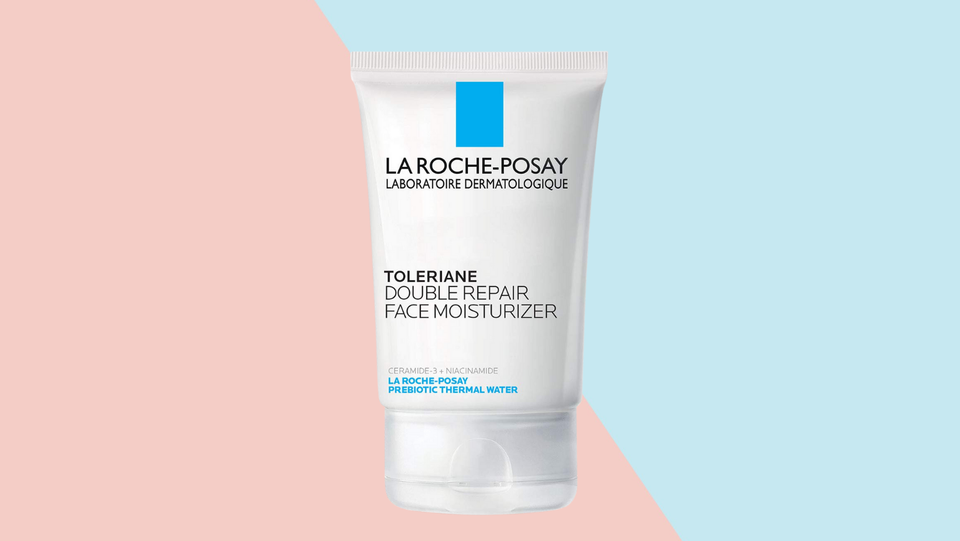
“For those whose skin requires more moisture than a lightweight serum, this is a good choice,” Kirsch said. “It’s also great for sensitive skin types, and its soft, oil-free texture is easily absorbed.”
Alastin products

“This is ideal for helping skin that’s aging, has dark spots or is tissue-paper thin,” Kirsch said. “It helps increase skin hydration and supports the production of new, healthy elastin and collagen.”
Get Alastin Restorative Neck Complex for $110.Alastin Restorative Skin Complex (right)“This is ideal for fine lines and wrinkles,” Kirsch said. “It restores volume by supporting production of healthy elastin and collagen, and it improves skin texture and evens skin tone. It’s great for reducing dryness caused by dry climates and retinoids, because its potent antioxidants help protect the skin from free radical damage.”
Get Alastin Restorative Skin Complex for $195.
Revision Skincare
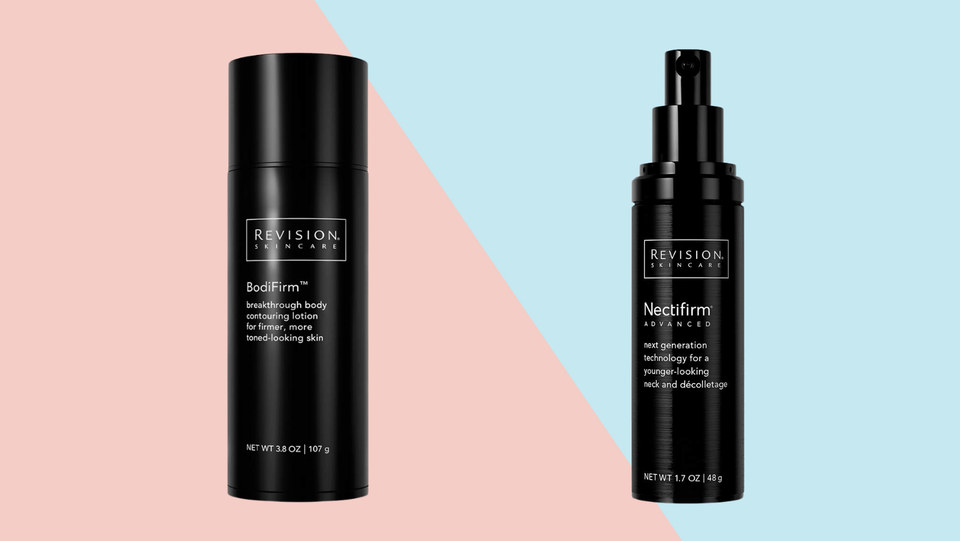
Luke recommended this product, which describes itself as a breakthrough body contouring lotion for firmer, more toned-looking skin.
Get Revision Skincare BodiFirm for $150.Revision Skincare Nectifirm Advanced Neck Firming (right)
Luke also recommended the neck-firming version, which describes itself as the No. 1 neck brand recommended by medical professionals.
Get Revision Skincare Nectifirm Advanced Neck Firming for $134.
SkinCeuticals Triple Lipid Restore
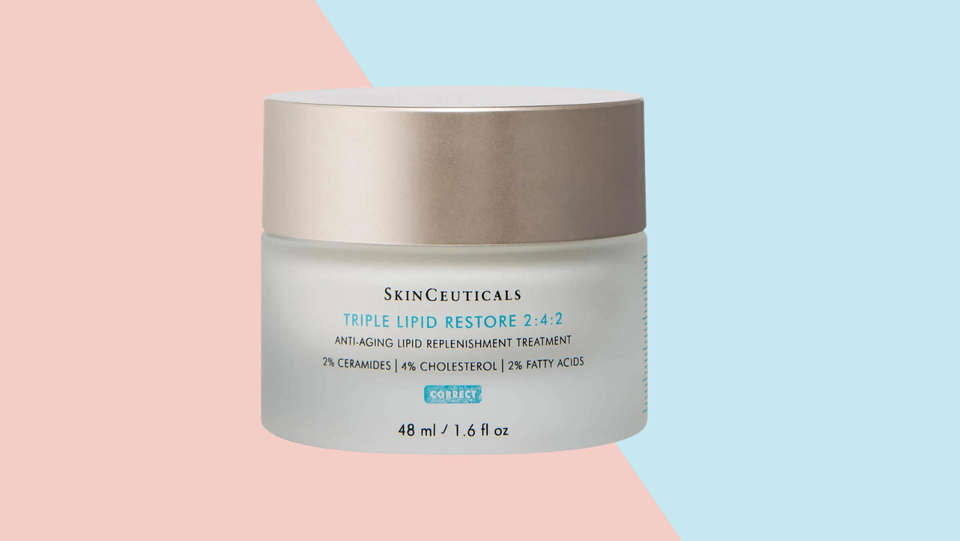
“It’s ideal for aging, mature and dry skin, and it improves the look of skin fullness and texture,” Kirsch said. “It also reduces dryness caused by dry climates and retinoids.”
SkinCeuticals Silymarin CF
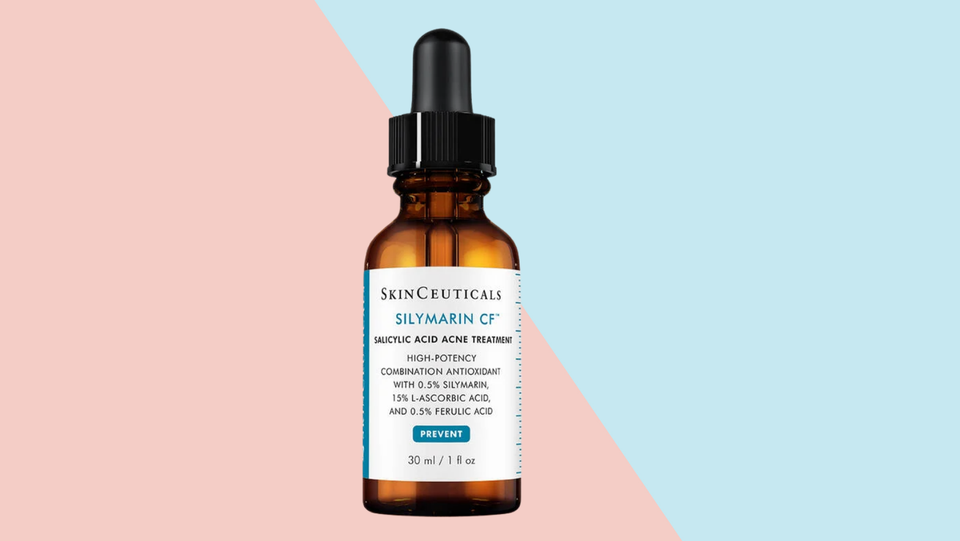
Hartman said, “This is the first antioxidant serum made with oily, acne-prone patients in mind. In addition, it contains vitamin C and ferulic acid, plus salicylic acid and silybin to control oiliness.” Kirsch noted that this product has been clinically proven to reduce environmental oxidative damage by up to 41%.
SkinMedica TNS Advanced + Serum
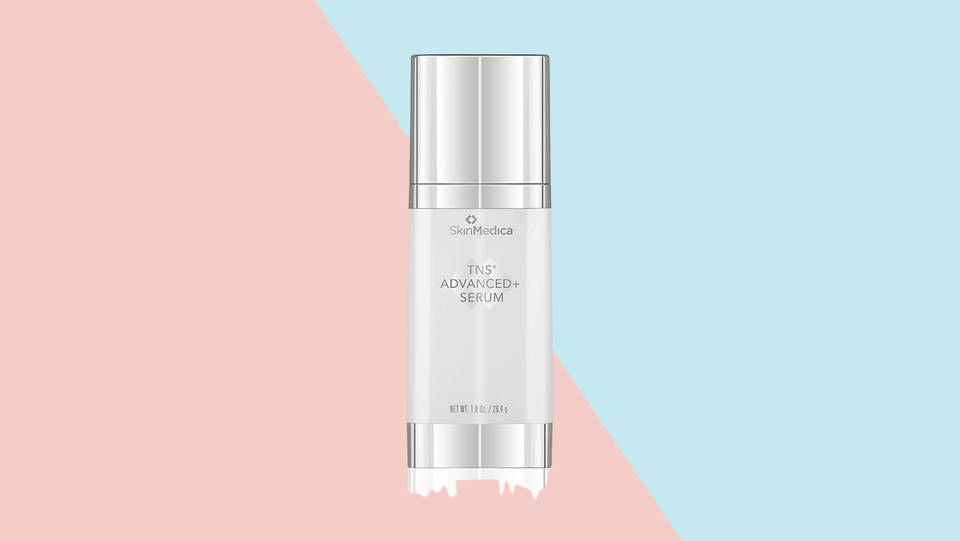
Luke and Hartman both recommended this product. Luke said, “It’s pricy, but worthwhile for the growth factor serum that produces visible results in four weeks. The new improved formulation builds upon the TNS technology that made SkinMedica a household brand, but with the inclusion of peptides and antioxidants, and no more smelly odor.”
Bonus: A NuFace Trinity facial training device
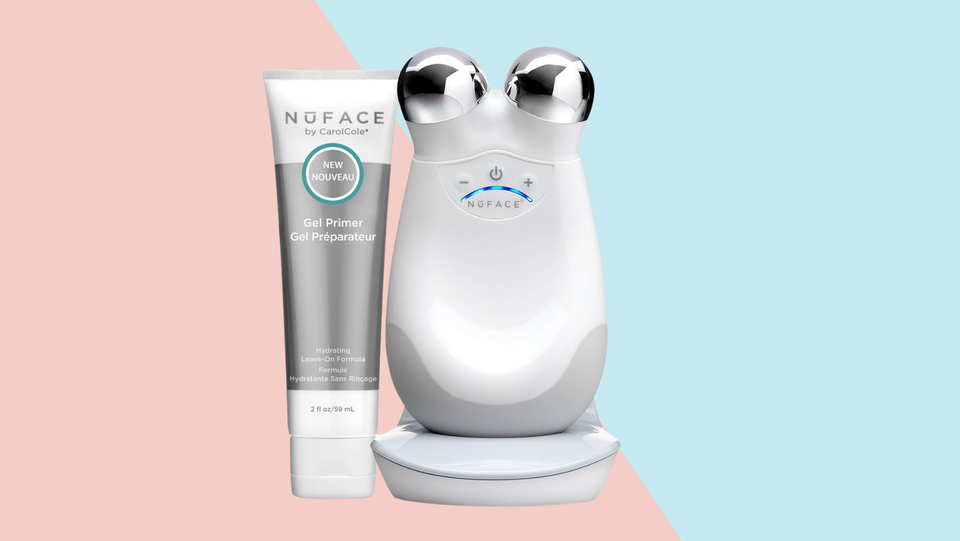
“This is the one product I’ve used that has made a noticeable difference in my face when it comes to tightening and toning skin,” makeup artist Ashley Rebecca told HuffPost. “The microcurrent technology is incredible, and I use it every day for at least five minutes. I recommend this to all my clients as well, and they’ve been loving their results.”
Credit: Source link